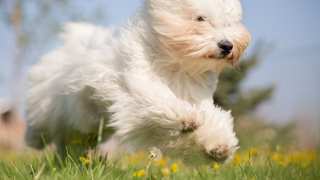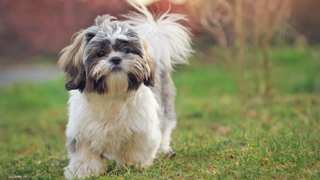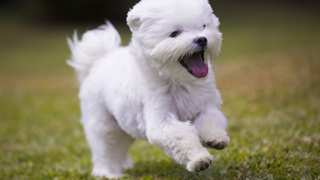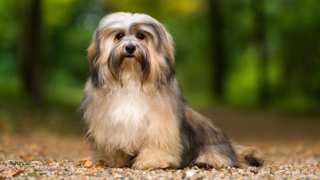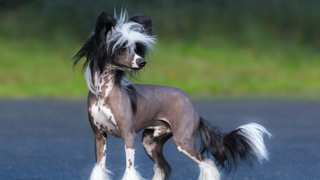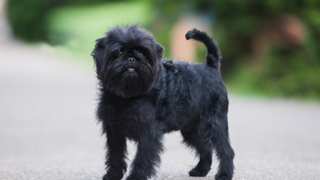As with any breed, Lhasa Apso diet and nutrition is essential to these dogs' health and longevity. Though not extremely active little dogs, Lhasas still need premium food packed with proteins and omega fatty acids, both for energy and for keeping their luxurious coats healthy-looking. This means that feeding high-quality food (such as Royal Canin) to Lhasa Apso dogs is best; premium foods contain necessary nutrients that cheap foods simply don't have--and while premium food is more expensive, the dog will need to eat less of it. Some owners say their Lhasas are extremely picky eaters, so they mix prepared foods--chicken, fresh vegetables, and scrambled eggs, to name a few--with the dry food to make it more palatable to the dog.
So that's what to feed a Lhasa Apso--but how much of it? Adult Lhasas--and the amount may vary depending on the dog's age and activity level--need about a cup of premium dry food per day, divided into two meals. Lhasa Apso puppy food portions should be a little less: ¾ cup for a six-month-old pup, divided into three meals. For additional feeding info, see the Lhasa Apso puppy feeding guide below:
Dog AgeDog WeightFood TypeAmountFrequency2 Months2 lbsDry0.1 cups3x/day3 Months4 lbsDry0.2 cups3x/day6 Months8 lbsDry0.25 cups3x/day9 Months11 lbsDry0.4 cups2x/day12 Months+14 lbsDry0.5 cups2x/dayIn part because they can be picky eaters, obesity is not a glaring problem with dogs of this breed, though it's not unheard of. A fat Lhasa Apso will have digestive, breathing, and joint issues, not to mention a shortened lifespan. So it's best to try and stick to the above-listed portions, avoid feeding your Lhasa table scraps, and avoid "free-feeding" altogether. Free-feeding is leaving food in the dog's bowl all the time, allowing it to eat anytime it wants; veterinarians say it's the primary cause of canine obesity, and is a thoroughly unhealthy practice. Put your Lhasa's food bowl down only at mealtimes, then pick it up 15 minutes or so after the dog begins eating, even if food remains.
If you fear your Lhasa is overweight, give the dog this simple Ribs Test: run a hand along its side, and if you can't feel any ribs, it's diet time. Decrease the dog's daily food consumption by one-fourth, and add an extra walk or play period to its daily exercise schedule.

